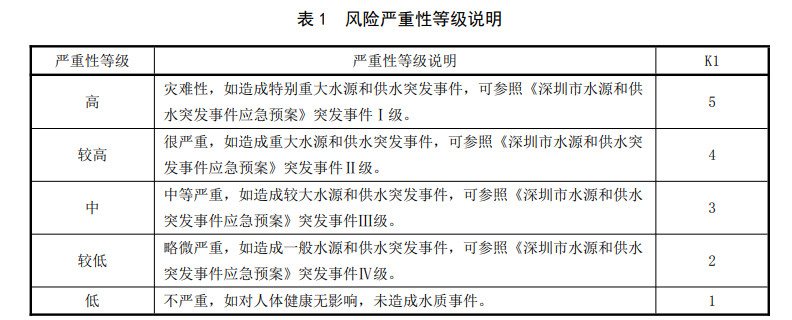1. Describe the water supply system: clarify the detailed information of each link of the water supply system, including the implemented water quality standards, safety information and process methods, as well as the specification, composition and physical and chemical properties of the wading materials.
2. Identify the intended use: clarify the use intention and consumer groups.
3. Draw the process flow chart of water supply system: show the flow path of the process of essential oil raw water treatment, water transmission and distribution, secondary water supply, etc. When drawing the flow chart, the whole water supply process should be reviewed and confirmed on site. If necessary, a more specific flow chart can be drawn for each independent system as an auxiliary flow chart. At the same time, pay attention to the new equipment or reconfigure existing facilities, and update the flow chart in a timely manner.
4. List water quality risks: list the possible water quality risks according to each step of the flow chart, and summarize and summarize the historical water quality monitoring data, customer complaints and other information to comprehensively identify the water quality risks of the assessment object.
5. Common water quality risks of the water supply system can refer to the relevant drawings.
The water quality risk assessment of the water supply system can be carried out according to the following steps:
Carry out severity assessment, and assign the following values according to the severity level:1. Definition of severity: abnormal raw water quality, water supply equipment and facilities failure, unqualified water treatment agents, improper operation and other factors. The water quality may become worse, and the severity of these consequences can be divided into several levels, expressed by k1.
2. Severity level: Severity k1 is divided into five levels. See the following for details of each level.

3. Negative severity value: according to the above risk level description, the evaluation team shall be organized to evaluate the severity, and 1~5 points shall be given for value assignment by referring to the requirements of standards and specifications, scientific literature, production and operation experience, test results, user and supplier comments, etc.
Carry out possibility assessment, and assign the following values according to the possibility level:
1. Definition of possibility: according to the frequency of risk events, the probability of risk events is divided into several levels, expressed by K2.2. Likelihood level: k2 is divided into five levels. The levels are as follows

3. Negative possibility value: according to the above description of risk possibility level, an evaluation team is organized to evaluate the possibility. 1~5 points shall be assigned according to the requirements of standards and specifications, scientific literature, production and operation experience, test results, user's and supplier's comments.
4. Calculate the risk score and confirm the corresponding risk level, as follows:
1) Definition of risk value: the value that comprehensively reflects the severity and possibility of risk events, expressed in K;
2) See Formula (1) for the calculation method of VaR

Determination of risk level: the risk is divided into four levels, of which the risk level is high or very high, and is judged as significant hazard. See the following table for the corresponding relationship:




